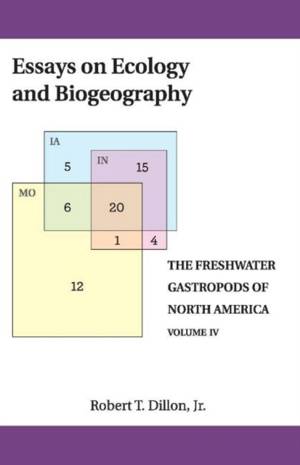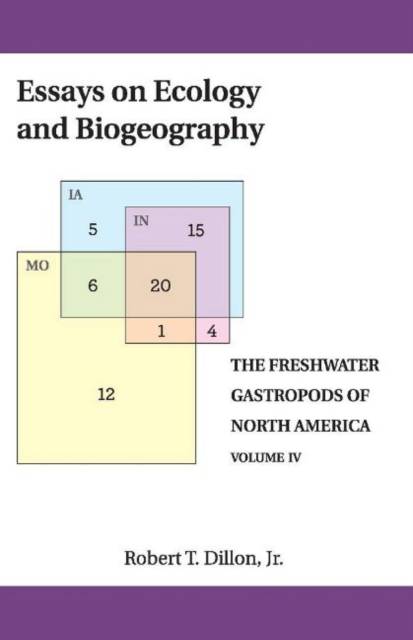
- Afhalen na 1 uur in een winkel met voorraad
- Gratis thuislevering in België vanaf € 30
- Ruim aanbod met 7 miljoen producten
- Afhalen na 1 uur in een winkel met voorraad
- Gratis thuislevering in België vanaf € 30
- Ruim aanbod met 7 miljoen producten
Zoeken
Omschrijving
Freshwater snails are common and familiar inhabitants of rivers, lakes, and streams throughout North America. In some environments they comprise the majority of the macroinvertebrate biomass, significantly influencing community composition, energy flow, and nutrient cycling. Yet their biology remains almost as obscure to the scientific community as to the lay public.Collected in this volume are 38 essays on the ecology and biogeography of North American freshwater gastropods. Patterns of distribution are reviewed and analyzed at regional scales, with particular emphasis on mechanisms of dispersal. New invasions are reported, their progress monitored, and their consequences examined. The subjects of rarity and endemism, first introduced in Volume III, are explored at greater depth in Volume IV as well.The scholarly study of biogeography has, in recent years, become entangled with public policies regarding endangered species conservation and invasive species control. Here we review several striking cases where natural resource agencies have been misled by conservation biologists biased by research funding. We suggest that the correct relationship between science and public policy is analogous to playing baseball and playing the banjo - neither compatible nor incompatible, neither better nor worse, just entirely different.Volume I in this series analyzed the results of a scientific survey of the freshwater gastropod fauna of the Atlantic drainages from Georgia to the New York line. The essays collected here in Volume IV, together with those in Volume II (Pulmonates) and Volume III (Prosobranchs), will be essential companions to Volume I, as well as to additional volumes on the gastropod faunas of interior drainages forthcoming.
Specificaties
Betrokkenen
- Auteur(s):
- Uitgeverij:
Inhoud
- Aantal bladzijden:
- 268
- Taal:
- Engels
- Reeks:
- Reeksnummer:
- nr. 4
Eigenschappen
- Productcode (EAN):
- 9780960084333
- Verschijningsdatum:
- 12/05/2019
- Uitvoering:
- Paperback
- Formaat:
- Trade paperback (VS)
- Afmetingen:
- 137 mm x 213 mm
- Gewicht:
- 476 g

Alleen bij Standaard Boekhandel
+ 94 punten op je klantenkaart van Standaard Boekhandel
Beoordelingen
We publiceren alleen reviews die voldoen aan de voorwaarden voor reviews. Bekijk onze voorwaarden voor reviews.











